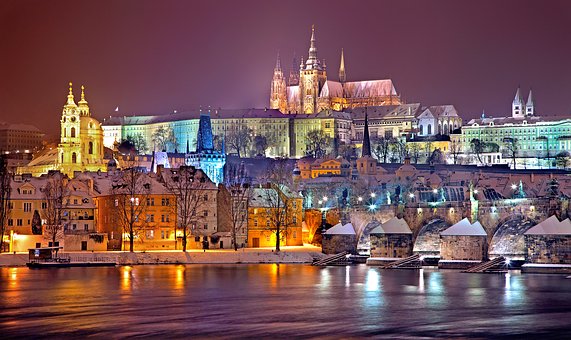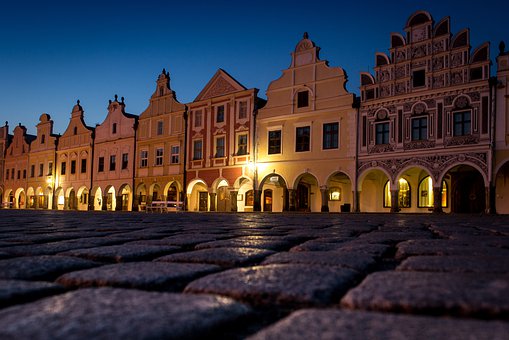Tourists
flock to discover the amazing sights of Prague by Paul McIndoe
After the split of Czechoslovakia
in 1993, Prague was named the capital of the new Czech Republic. The city
grew to be an important cultural centre of Europe and is now the sixth
most visited city in Europe after London, Rome, Paris, Madrid and Berlin.
The city suffered considerably
less damage during World War II than many other major cities in the region,
allowing most of its historic architecture to stay true to form, one of
the main reasons why thousands of people visit Prague every year.

Visitors to Prague have a
whole host of historic attractions to take in and enjoy. Perhaps the most
scenic of all is the Charles Bridge that crosses the Vltava River, connecting
Prague's Old Town to the Lesser Quarter, one of Prague's oldest boroughs,
with a continuous alley of 30 baroque statues lining the bridge. At night
the bridge offers quiet solitude, allowing visitors to take in the beautiful
view of the Vltava and the areas either side of it - a direct contrast
to the hustle and bustle of the bridge during the day, as kiosk owners,
street artists and musicians compete for the attentions of tourists and
residents crossing the bridge.
The Old Town also features
an array of stunning attractions. The original place of settlement of Prague,
it was separated from the outside by a semi-circular moat and wall before
the expansion of the city in the 14th century.
The moat and wall were dismantled
soon after and are now covered by streets.
Records dating back to 1100
indicate that the Old Town Square was the site of a market every Saturday
and also large military gatherings.

Visitors to the area can
enjoy the sights of the medieval Astronomical Clock. The clock features
an astronomical dial representing the position of the sun and the moon
in the sky as well as "The Walk of the Apostles", a clockwork hourly show
of figures of the Apostles and other moving sculptures. Many very reasonably
priced bars, restaurants and shops can also be found in the Old Town, making
it a popular destination for those who make the journey to Prague.
Perhaps the most awe inspiring
sight Prague offers is Prague Castle, where Czech kings, Holy Roman emperors
and the presidents of the Czech Republic have all had their offices, with
the crown jewels of the Bohemia Kingdom also kept there.
More impressive than the
Castle itself is St. Vitus Cathedral, which is contained within the Castle
walls.
One of, if not the most
impressive examples of gothic architecture in the world, the Cathedral
was founded in the 14th century when the Prague bishopric was raised to
archbishopric. St. Vitus Cathedral has many fascinating places for tourists
to visit. From St. Wenceslas Chapel - where the relics of the saint are
kept - to the tombs of many Bohemian Kings underneath the Cathedral, this
attraction is a treat for any history or architecture enthusiasts.
The Czech Republic has re-invented
itself considerably since the days of Communist rule, with the country
embracing tourists and much of Western culture as evidenced by the shops,
restaurants and luxury hotels in Prague. Despite these changes, however,
the most endearing aspect of Prague remains its history, illustrated by
the stunning architecture and natural beauty of the city.
top
|




 6
Must-See Attractions In Prague, Czech Republic
6
Must-See Attractions In Prague, Czech Republic

